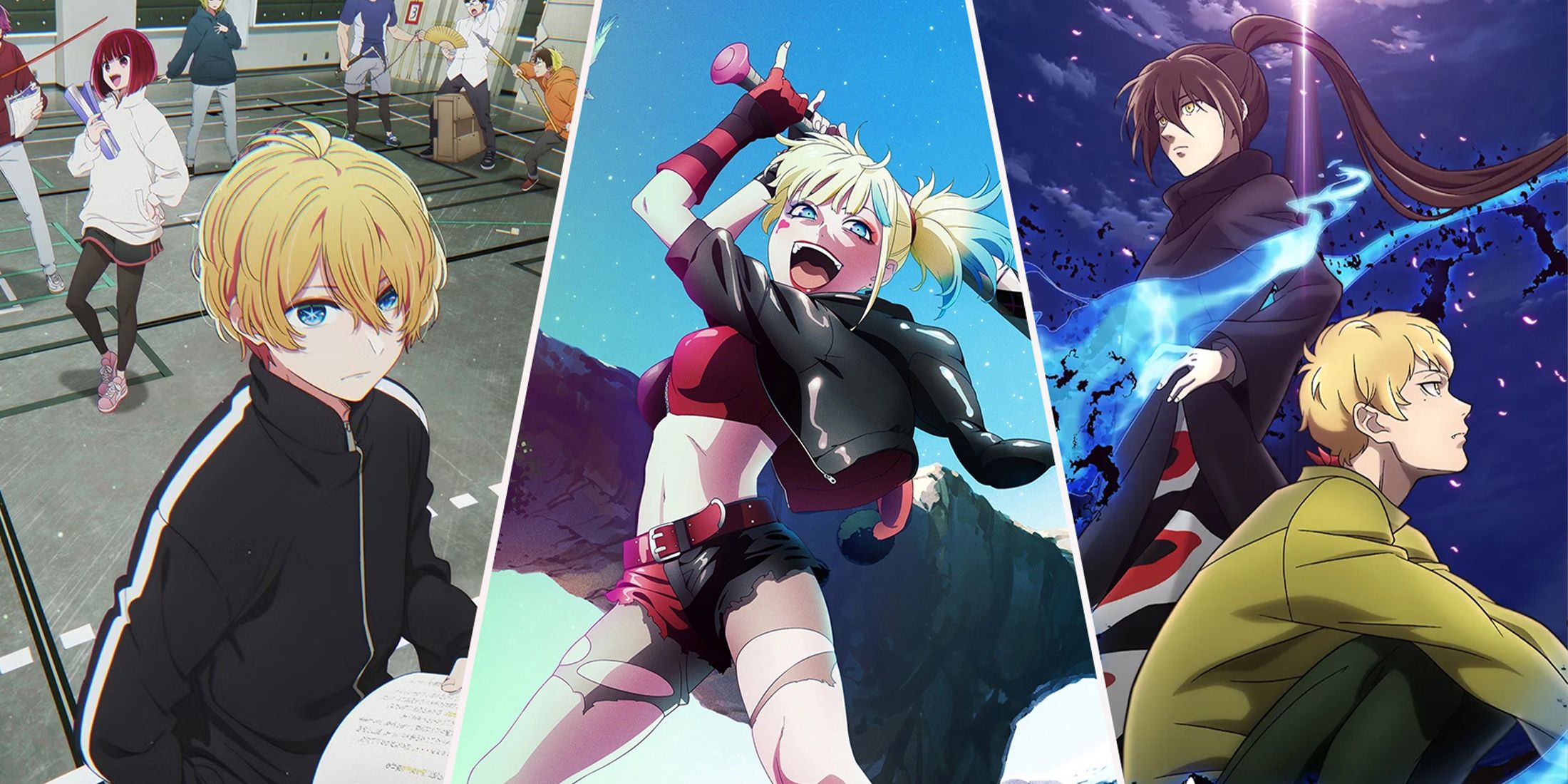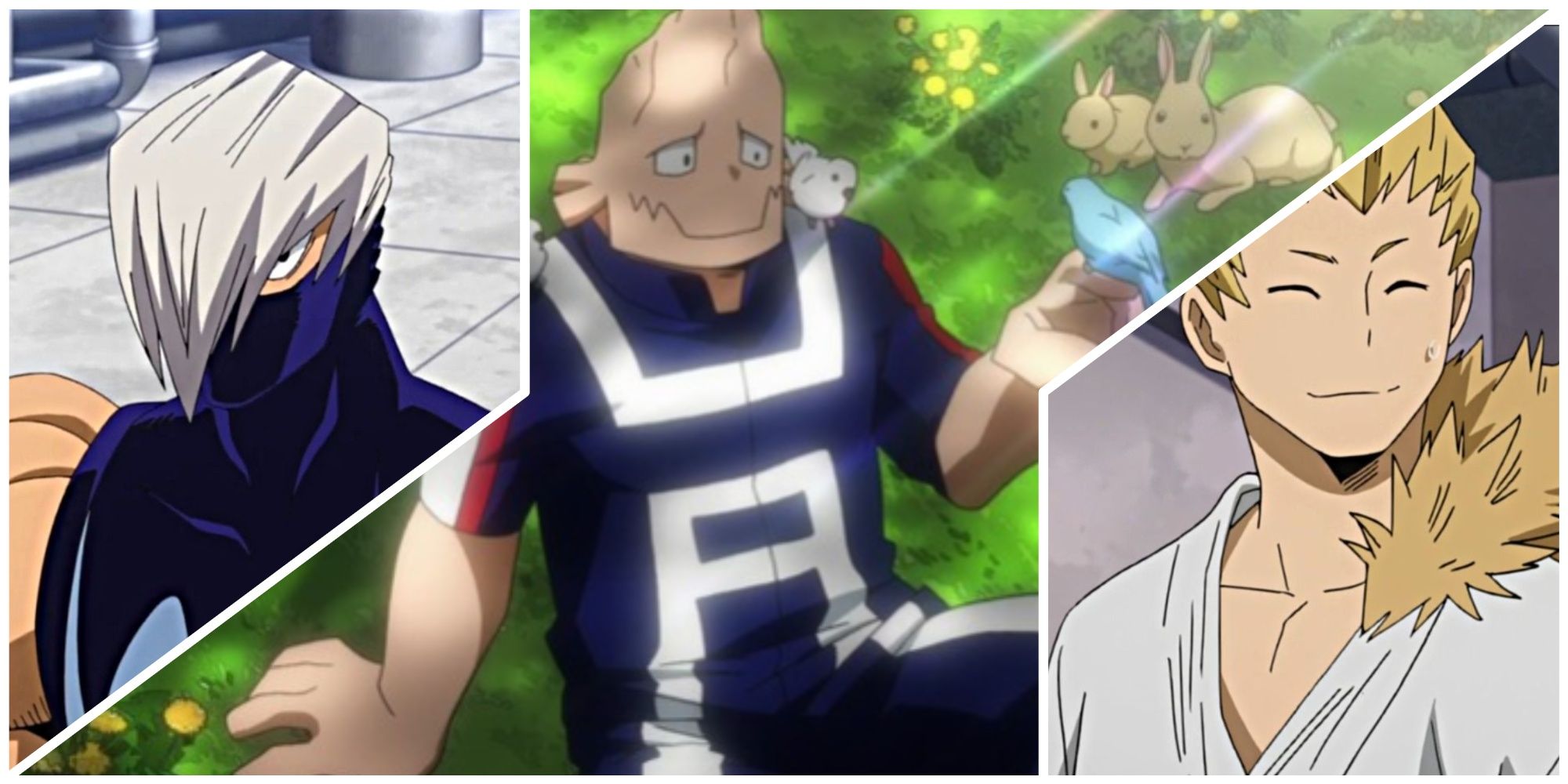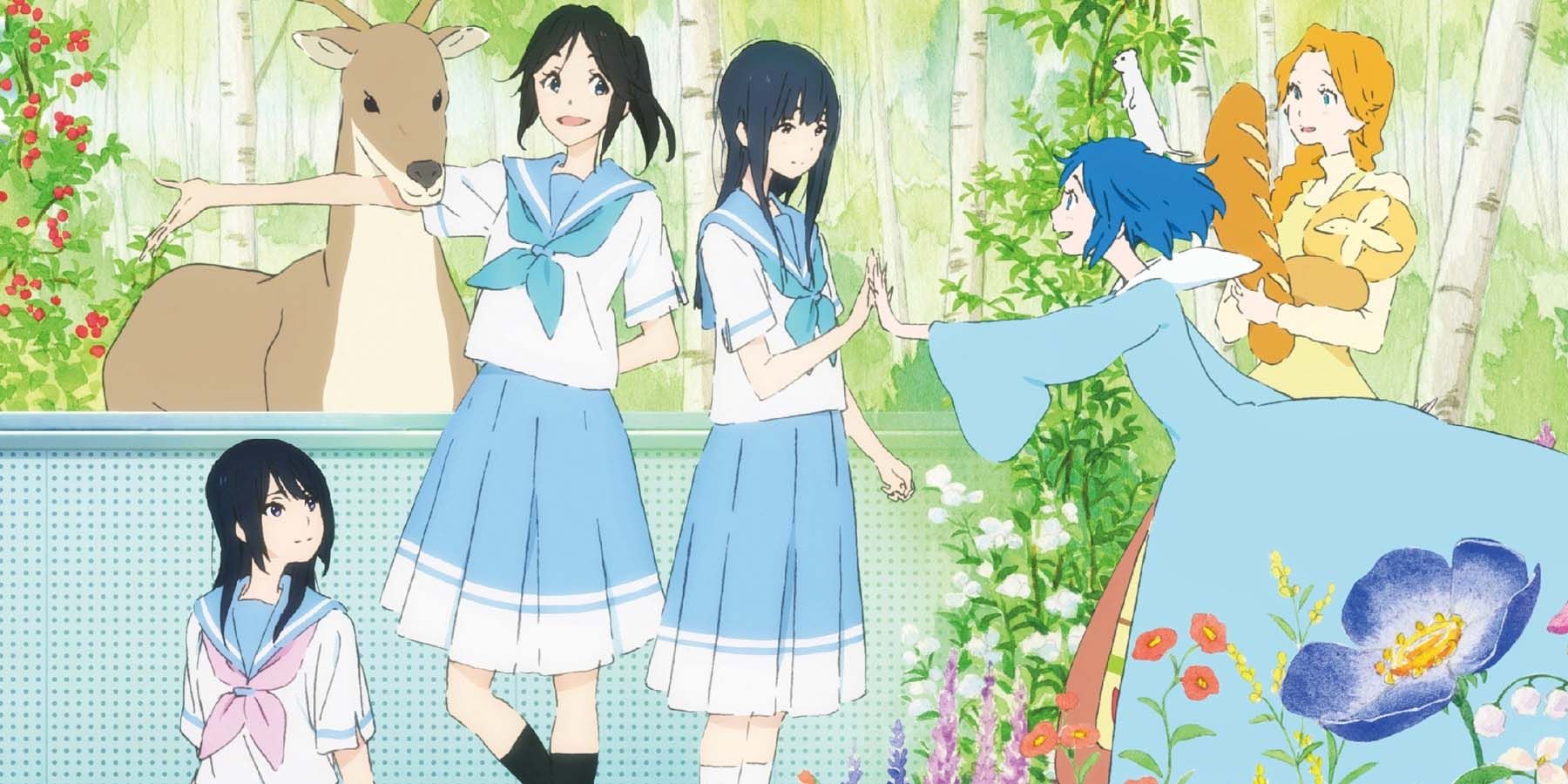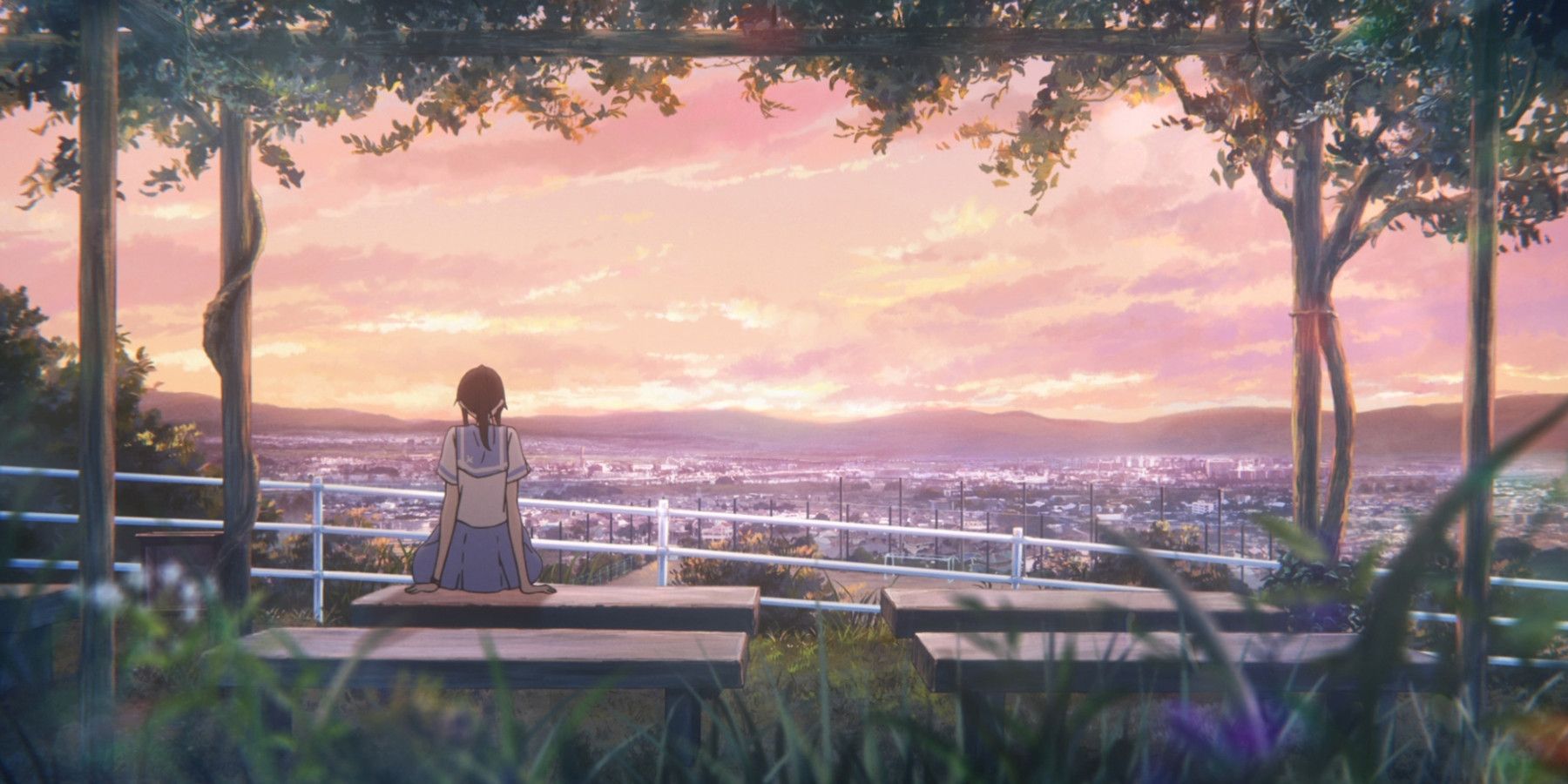Naoko Yamada has got to be one of the most prominent and beloved directors in anime and certainly one of the largest female icons in the industry. While most know her from her days directing K-ON! or her worldwide hit A Silent Voice, her 2018 film Liz and The Blue Bird doesn't get talked about quite enough.
This film is technically a spinoff of the Kyoto Animation series Hibike Euphonium, about a high school band club and the dedication of its members. However, one can rest easy knowing that prior knowledge of the series isn't required to enjoy this film, a standalone story fixated on two of the show's supporting characters and their bond. The title itself has three meanings, the first is a reference to a children's book that exists within the story, the second is a four-movement orchestral piece, and the third is an allegory for the struggle of its leads. This trinity makes up a slow, contemplative character study of two young women who drifted apart and who struggle to reconnect.
Disjoint
The story centers around Mizore, an oboe player, and Nozomi, a flutist, who are both integral players in the third movement of "Liz and the Blue Bird," the band's next performance piece. However, they appear to be out of sync, as noted by their friends and their teacher. As it happens, addressing the issue is harder than its sounds.
Mizore sees a lot of herself and Nozomi in the storybook of the same name that the piece is based on. In it, a lonely girl named Liz befriends a Blue Bird in the form of a young girl, and they begin to live together until in the end, they go their separate ways. It's a romantic story that hits close to home for Mizore, who feels that she and Nozomi have become separated.
They seem to get along well enough, but there is tension between them that keeps them from getting too close. Unearthing the source of this tension and seeing how they try to address it with each other make up the bulk of this story. But the way it is visualized is a two-sided coin.
The titular storybook is presented in a completely different art style from what fans of Kyoto Animation may be used to. Its colorful pastel look is dreamlike just like the best and most engrossing book from one's childhood. It's a story of love, the fear of losing it, the lengths people go to safeguard it, and most importantly, how it ends.
Joint
Love is about connection and connection is about understanding people, but people aren't mind-readers and at times the biggest struggle of love is not knowing how someone else feels about you. It can be difficult to even broach the subject much less find the right questions to ask, and a lot of people will feel too despondent to push on.
The tension of this film isn't one of arguments and misunderstanding breeding drama. It's more contemplative and internalized than that, and thus this film can feel slower than something like A Silent Voice. However, it's also a very powerful film for those who can relate to it on the basis of the aforementioned feelings about love.
Mizore is not the most compelling of protagonists until later, as she begins to become less shy and more outgoing, progressively more willing to open up to Nozomi. Nozomi herself is already a much cheerier and outgoing person, but the scenes spent with her makes it clear that she's just as conflicted, just dealing with it differently.
The film has its priorities set, rarely diverting its gaze from the central narrative, despite it being set in the world of Hibike Euphonium, no doubt a temptation for cameos and nods to the series. However, it's to this film's strength that it eschews all of that in favor of focusing on this one story, which to reiterate is more than accessible to new viewers.
One of the film's few drawbacks is that the colorful storybook sections can feel forgotten as the film goes on. While it isn't more important than the real-world story, it is presented early on as a mirror of that real tension and thus perhaps the pacing could have accommodated a more even distribution of the storybook scenes.
The pacing may be the greatest barrier to entry, especially as it tends to drag in the middle. However, between the visuals and the music by Kensuke Ushio (Chainsaw Man, A Silent Voice), even the slower moments might just sing beautifully. While the titular orchestral piece was recorded separately, Ushio's soundtrack is perfect for a story of young love.
The opening scene along uses the background noise in tandem with the pluckiness of the score to emulate the sensation of a heart quickening in the presence of a crush. The music is minimalist, almost as shy as Mizore, but is just what the film needed to set its tone. Ushio's music across his resume is often minimalist, used to create a simplistic but potent atmosphere, and this film is no less adept and rooting the viewer in the chair and listening intently.
Perhaps it might lack the drama of A Silent Voice or its heavier themes, but Liz and the Blue Bird is a musical character study that looks deep inside the heart. It's undeniably romantic in its texture, and while it might not be so upfront as to canonize the sapphic yearning of its leads, the themes and their execution speak for themselves. It can hardly be called subtext by the end.




